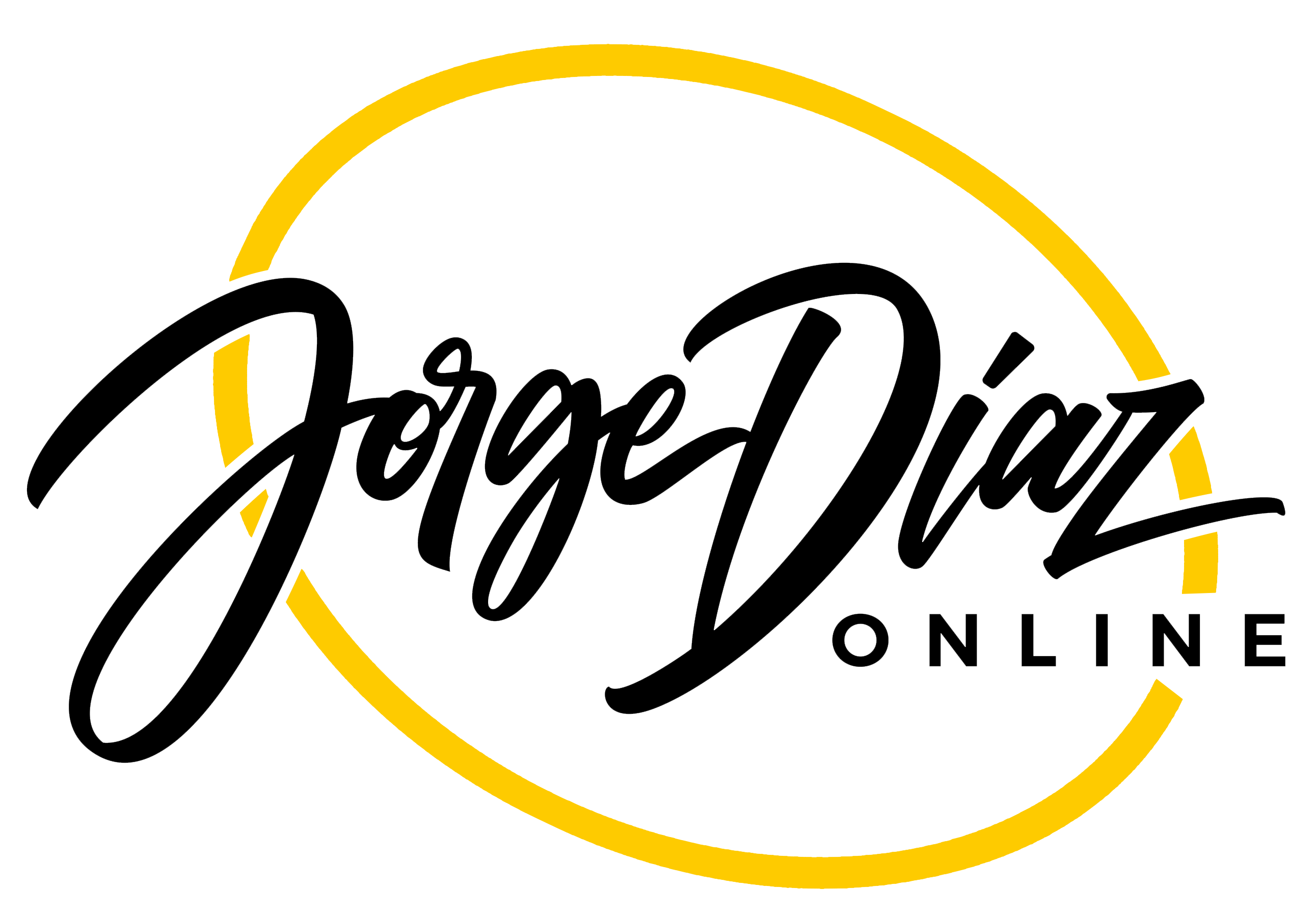Profitable Course Builder Starter Guide
Step 2 – Your Sales Model
We’ve covered how to identify your ideal customer and how to get noticed by them. Now we’ll discuss your sales model. How is it you are going to organize your course (and it’s likely going to be a set of smaller courses)? How will you sell it to your customer in ways that work best for them…and you?
One thing that many first time course builders fail to realize is that even after your customer has made an initial online course purchase, they are still unsure. They aren’t 100% convinced you are the right expert for them. They are likely having second thoughts. You need to assume they are feeling some level of buyer’s remorse.
A bigger issues, and one we course builders must address, is that many of your buyers are NOT convinced they have the ability to get their own problem solved. This has little to do with you and your program. They have self doubt and are questioning their own abilities. In any case, you have to deal with this to be successful.
Let’s take an example. Consider a woman buying a weight loss program. This isn’t the first time she’s started a diet. She has tried dozens of them. A course builder selling her is the next in a long line of failed programs in her life. She is probably thinking, “I am hopeless. No program will solve my weight loss problem.”
In order for you to succeed with her, you need to address this unbelief she has in herself.
To help with this, you should consider offering your program as a series of steps. Your ideal customer has a problem they need solved and they benefit from you chunking up your program into stepping stones that together address their problem.
The very first chunk is an important one. It has to get them moving down the right path to a solution and has to address this unbelief issue. One way to do this is to offer this first chunk, let’s call it a mini-course, as a solution addressing a very concrete problem and gives them a perceivable win in 6 to 8 weeks.
Let’s go back to our weight loss example. A bad approach would be to dedicate a lot of your initial course material on changing their eating habits over the long term. This would include materials on getting someone who’s likely a couch potato to exercise consistently. An approach like this is likely to overwhelm them. It’s likely going to frustrate them. It’s a lot for them to do given where they are at today.
Supposed instead you signed them up for a mini-course called, “Your 30-Day Plan for Losing Your First 10 Pounds.” This is focused one two things.
- It gets them a quick win they can realistically achieve and helps them get past their unbelief and feelings of hopelessness.
- It establishing your as THEIR expert showcasing your ability to solve their problem.
LearnDash makes it easy to build and sell a short mini-course like this. It’s easy to build this first chunk 100% focused on getting your customer to accomplish that one concrete step. Please note that this may NOT be what you, the expert, believes is the first thing they should do. I’m not suggesting you do anything unethical or work to sell them on something that doesn’t work. I do want you to address what they want before becoming overly focused on delivering what they need. If/when they finish this first mini-course, they should feel like they took a positive step forward. They should feel good about your expert skills at helping them with this.
When you organize your program like this, the first mini-course is sold as a one-time payment product versus a subscription with recurring payments. If your price point is high enough, you may consider offering a payment plan. That assists those that are short on cash. Make sure this mini-course has a definite start and end.
When your customer finished the first mini-course, you are ready to present them with a solution that is more comprehensive. If you’ve done the job right, they will be asking, “What should I do next?” They’ll have more trust in you and in themselves. This is the time to transition them to a 6 to 12 month program or an ongoing subscription giving them access to a larger course, a library of course or a group coaching program.
Your customer will now be looking to you for guidance working confidently towards the solution.
In the next step in this series, we’ll be covering how to use WordPress, LearnDash and WooCommerce together to deliver an elegant, professional solution.
